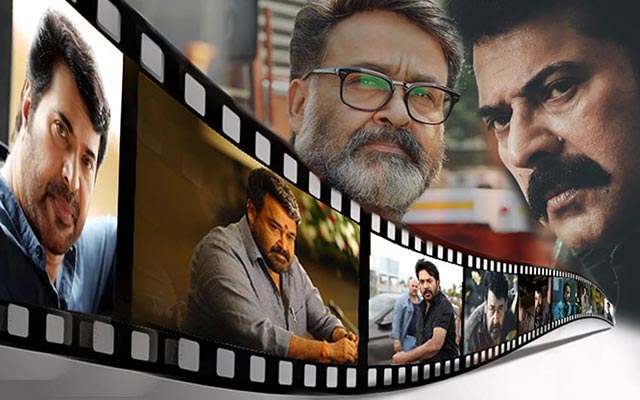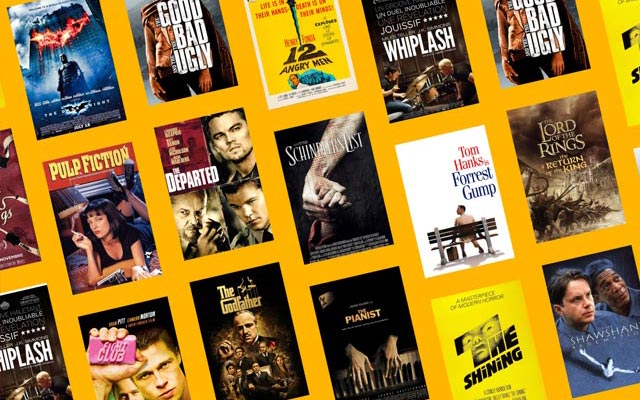Capturing Life's Vibrancy: A Journey with Kodachrome

In the realm of cinema, certain films have the remarkable ability to transcend the screen, imprinting themselves deeply into our consciousness. "Kodachrome" stands as one such cinematic gem, a poignant exploration of relationships, redemption, and the beauty of life's fleeting moments.
Directed by Mark Raso and released in 2017, "Kodachrome" takes its name from the iconic Kodak color film that once dominated the world of photography. However, this film is not merely about a brand of film; it's about the stories that unfold behind the lens and the emotions that are captured within each frame.
"Kodachrome" is a film about reconciliation—not only between father and son but also within oneself.
At its core, "Kodachrome" follows the journey of a strained father-son duo, Ben and Matt Ryder, portrayed brilliantly by Ed Harris and Jason Sudeikis, respectively. Ben, a renowned and ailing photographer, requests his estranged son Matt, a music executive, to accompany him on a road trip to the last remaining Kodachrome lab before it shuts down. The urgency of this journey lies not only in the preservation of Ben's final rolls of film but also in the opportunity for reconciliation between father and son.
What unfolds is a soul-stirring expedition filled with moments of introspection, revelation, and raw emotion. Against the backdrop of the vast American landscape, the characters confront their past, confront each other, and ultimately confront their own mortality. Through encounters with old flames, unexpected detours, and the timeless allure of photography, Ben, Matt, and their travel companion Zooey (played by Elizabeth Olsen) embark on a transformative odyssey that challenges their perceptions of love, loss, and the pursuit of artistic expression.
One of the film's most striking aspects is its visual homage to the art of photography. Cinematographer Alan Poon masterfully captures the sweeping vistas and intimate moments, evoking the nostalgic warmth of Kodachrome film itself. Each frame is infused with a luminous richness, a vibrant tapestry of colors that mirror the complexities of the human experience.
Like the fading emulsion of a photograph, "Kodachrome" serves as a poignant reminder of our shared humanity, our shared struggles, and our shared capacity for redemption.
Yet, "Kodachrome" is more than just a visual feast; it's a narrative that resonates on a deeply personal level. Beneath its glossy surface lies a poignant meditation on the passage of time and the importance of seizing the moments that define us. As the characters grapple with regrets and missed opportunities, they are reminded that life, like a roll of film, is finite, and each exposure is a precious chance to capture something meaningful.
In the end, "Kodachrome" is a film about reconciliation—not only between father and son but also within oneself. It reminds us that amidst life's uncertainties and complexities, there is beauty to be found in the imperfections, and hope to be gleaned from the act of preserving memories. Like the fading emulsion of a photograph, "Kodachrome" serves as a poignant reminder of our shared humanity, our shared struggles, and our shared capacity for redemption.
As the credits roll and the echoes of the film linger, one cannot help but feel a sense of gratitude for the journey embarked upon—a journey that transcends the boundaries of cinema and reminds us of the enduring power of storytelling. In the end, "Kodachrome" is not just a film; it's a testament to the enduring legacy of the human spirit and the timeless art of capturing life's fleeting moments.



